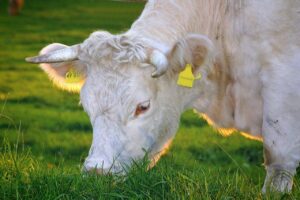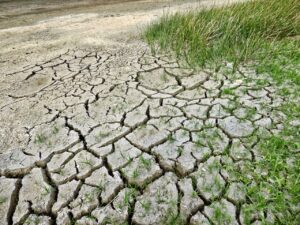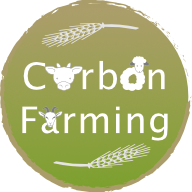A EUROPEAN PROJECT 2021-2027
- Where?
The LIFE programme is a European programme dedicated to Europe. A single country may be involved, or several, depending on the subject of the project and its objectives.
Six countries are involved in LIFE Carbon Farming: France, Ireland, Spain, Italy, Germany and Belgium.
- When?
LIFE was launched in May 1992.
Different cycles were then defined, with different budgets, objectives and projects.
LIFE I was the first programme to be set up, from 1992 to 1995. This was followed by LIFE II from 1996 to 1999 and LIFE III from 2000 to 2006.
This was followed by LIFE+, which ran from 2007 to 2013.
This was followed by two LIFEs bearing simply the name LIFE, from 2014 to 2020 and from 2021 to 2027.
This is the programme from 2021 to 2027 that we are talking about as part of the LIFE Carbon Farming project.
- What is it?
The LIFE programme is a European funding programme set up by the European Commission. It finances innovative public or private projects in the field of climate and the environment.
- How do we do it?
In the 2021-2027 LIFE programme, 4 sub-programmes have been defined:
- Nature and biodiversity
- Circular economy and quality of life
- Climate change mitigation and adaptation
- Transition to clean energy
The LIFE Carbon Farming project is part of the “Climate change mitigation and adaptation” sub-programme.
- How much will it cost?
Breakdown of the budget into the four sub-programmes:
- Nature and biodiversity: €2,143,000,000.00
- Circular economy and quality of life: €1,345,000,000.00
- Climate change mitigation and adaptation: €947,000,000.00
- Transition to clean energy: €997,000,000.00
A total of €5.4 billion has been allocated to the LIFE programme at European level over six years.
- Why is this?
The main objectives of the LIFE programme are as follows:
- “Helping to achieve the transition to a sustainable, circular, renewable energy-based, carbon-neutral and resilient economy
- Protecting, restoring and improving our environment
- Slowing and reversing the loss of biodiversity
- Halting the degradation of ecosystems by managing and improving the Natura 2000 network, thereby accelerating sustainable development
- Encouraging and supporting green ideas for small and large businesses, NGOs, public authorities, citizens’ groups, academics and others”.
(Ministry for Ecological Transition).









